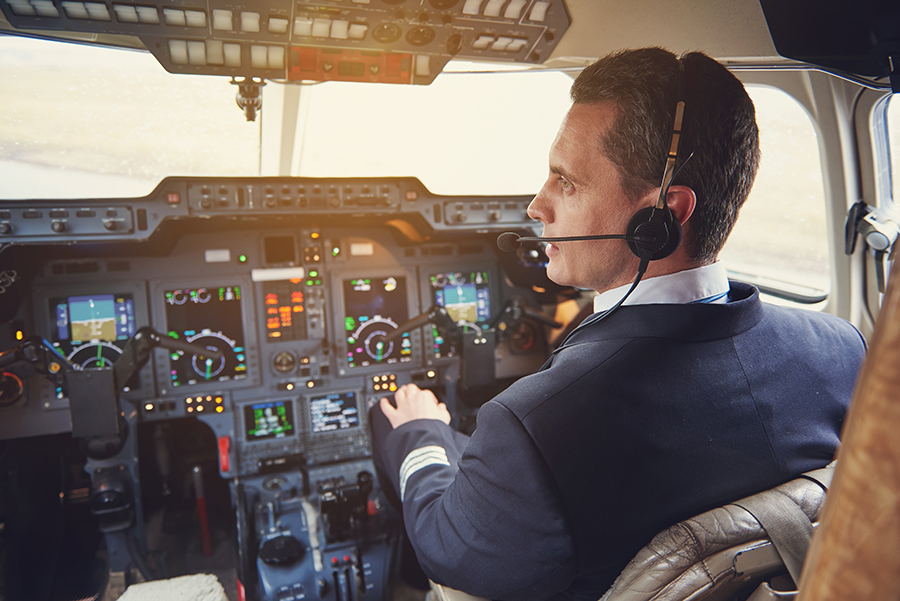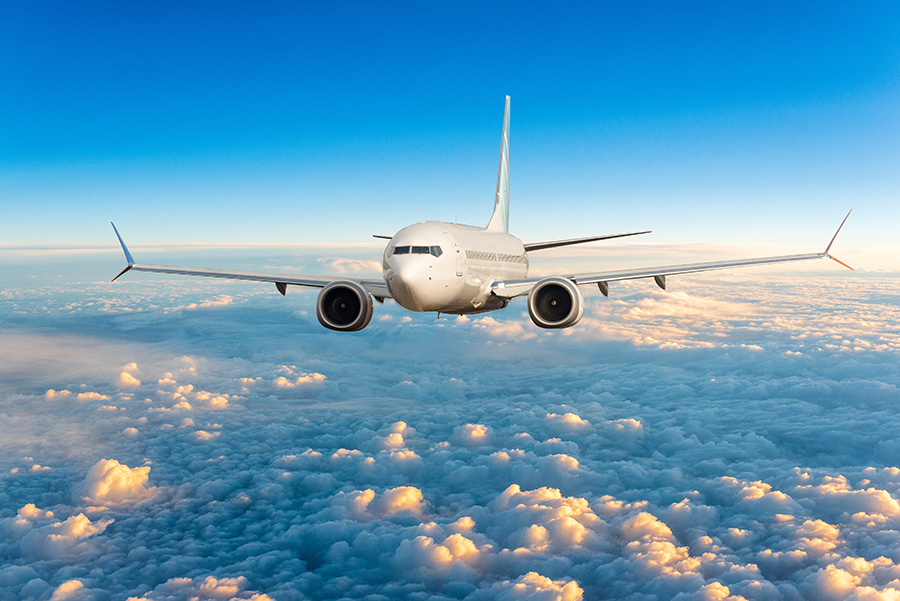Exhilarating, challenging, and rewarding. All are adjectives used to describe flying a tailwheel (or taildragger) aircraft. Yet, the benefits to your flying extend beyond achieving the logbook endorsement.
Gaining a tailwheel endorsement demands two adjustments from you. One is the transition to a new aircraft type, much as when you upgrade from a Cessna 172 to a Cessna 182. Steep turns, stall characteristics, and slow flight are handling characteristics specific to taildraggers.
The greater challenge is to become proficient in a new world of aircraft handling. Angle-of-attack, precession, and p-factor are crucially important terms for safe taildragger operation. Let’s take a look at what you’ll need to know.
What The Law States
Under CFR 14 Part 61.31, you must receive tailwheel training from an authorized instructor. The instructor’s endorsement will find you proficient in the operation of the aircraft. Yet, the FAA spell out the following minimum maneuvers and procedures:
- Normal and crosswind takeoffs and landings;
- Wheel landings, and
- Go around procedures
There is no minimum number of hours required to achieve a tailwheel endorsement. However, it takes an average of 7 to 12 hours of flight time for most pilots to get it. As always with flying, much depends on your abilities and your frequency of flying. With tailwheel endorsements, I wouldn’t be focusing on time, rather focus on competence.
As we discuss the handling challenges of tailwheel aircraft, it will become obvious why the FAA emphasizes competence in these maneuvers.
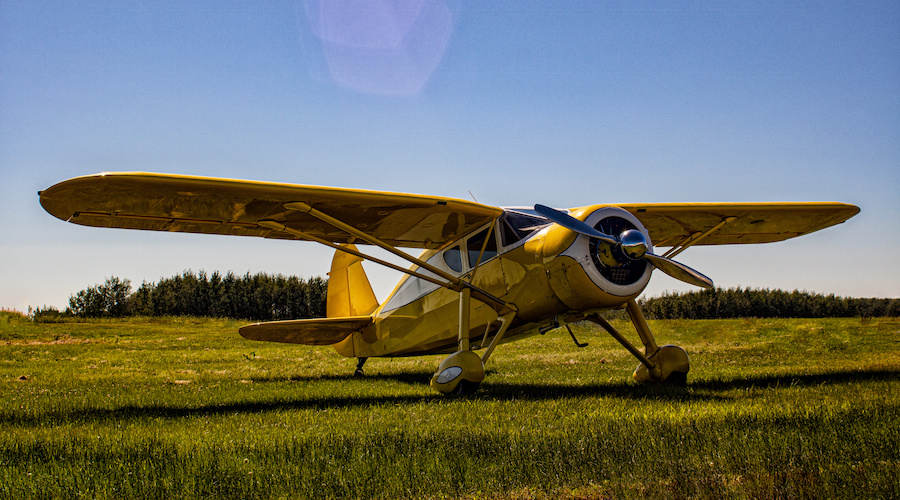
Why Does Landing Gear Configuration Matter?
Two important differences arise from landing gear configuration. The first is the aircraft’s center of gravity (CG) relative to the main wheels.
On tailwheel aircraft, the CG is behind a line drawn between the main wheels, making the plane inherently unstable on the ground. You feel the effect of the CG location when turning. The aircraft’s weight and momentum behind the main wheels will continue the turn until you take action to stop it. Without action, the turn will tighten, spinning the aircraft around one wheel. Taxiing a taildragger, particularly crosswind, requires constant rudder, brake, and engine power application.
The second effect of tailwheel aircraft relates to the wing angle-of-attack (AoA). With a tricycle aircraft sitting forward on the nose wheel, the wings are at a low AoA. Once landed, touching the nosewheel down minimizes the lift generated by the wings, and this helps prevent the aircraft becoming airborne again as you roll out.
The opposite is true in a tailwheel aircraft. As the aircraft sits naturally tail low, the wings are at a high AoA. Placing the tail down with too much airspeed remaining or too high a nose wind and the aircraft wants to fly.
Takeoff
During flight training, we all learned the effect of torque and slipstream. These forces try to steer you left once you begin your takeoff. On a nose wheel aircraft, you apply some right rudder and think nothing further of it. These plus two other forces also affect a taildragger.
The other forces are P-factor and gyroscopic precession. P-factor is an asymmetric force produced when a propeller disc meets oncoming airflow at an angle. With the angle at which a taildragger sits on the ground, there is already a tilt to the propeller. When you apply power and begin moving, the descending blade takes a bigger bite of air. On taildraggers, P-factor amplifies the effect of torque and slipstream, swinging you left.
Gyroscopic precession is the force felt when you change the plane of a spinning disc, with the force felt at 90-degrees to its point of application. In a taildragger, raising the tail upon takeoff causes precession to yaw the aircraft left.
Let’s look at the forces on a tailwheel aircraft during takeoff. You apply power, and immediately slipstream and torque effect tries to turn you left, so you put in lots of rudder. As you accelerate and gain rudder greater authority, you can begin easing off the rudder input.
P-factor is trying to turn you left the moment you begin moving, but once you raise your tail and meet the airflow head-on, it stops. So to counter the P-factor, you’ll need lots of rudder to start with, then less.
Precession only occurs while you’re raising the tail on the takeoff run, so it’ll try to steer you left as you raise the tail. Once the tail is up, it ceases until you rotate into the climb, at which point it tries to steer you right. So your rudder application for precession involves no rudder, right rudder, then easing off the right rudder.
Remember the CG location? Every swing or movement of the aircraft described above requires you to stop it. It won’t self-correct. What happens when taking off in a tailwheel aircraft is akin to a dance. You’re inputting the rudder constantly in both directions, and sometimes the brake, to maintain a straight line. Let a swing develop, and a ground loop occurs, damaging the aircraft.
Once you’re in the air, a tailwheel aircraft is just the same as any other plane. Getting the aircraft there safely, however, takes some attention and footwork.
Landing
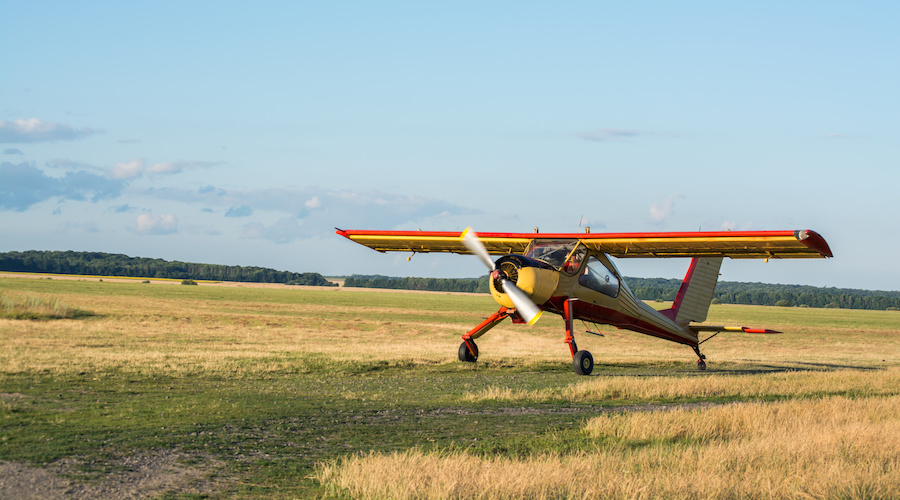
Landing a tailwheel aircraft demands a similar focus to that used when taking off. While a nosewheel aircraft effectively stops flying when the nosewheel touches down, it’s not so with a taildragger. That high AoA of the wing means you need to continue to fly the aircraft while on the ground. You must continue to monitor heading, roll, and pitch, correcting immediately you sense a diversion begins.
There are two landing options with a tailwheel aircraft, a three-point or a wheel landing. The first involves touching the mains and tailwheel at the same time. Touch the mains slightly early, and the tail drops, increasing the wing AoA, and the aircraft lifts off again. You’ll need to catch this and flare again, sometimes with power, to get the aircraft landed correctly. Once the tailwheel is down, you need to keep it there with full aft elevator to maintain directional stability.
A wheel landing requires touching the main wheels first and keeping the tailwheel elevated with a slight forward check on the elevator control. You maintain directional stability with the rudder, allowing the tailwheel to touch down on its own accord. You then apply full aft elevator.
When flying a taildragger, the adage of flying the aircraft until the hangar doors are closed is particularly appropriate.
The Ground Loop
A ground loop is an uncontrolled turn that occurs during taxi, takeoff, or landing and rollout. It happens when the pilot allows a swerve to go unchecked, at which point momentum builds. The C of G takes over, and if unchecked, can damage the landing gear and cause a wingtip to hit the ground, even potentially flipping the aircraft on its back.
To prevent a ground loop, the pilot must use decisive rudder inputs to stop any swerve immediately. Once the momentum is stopped, the control inputs must be rapidly removed to avoid the opposite swing from starting.
Back To Those FAA Requirements
From the discussion above, you begin to understand the FAA’s focus on takeoffs, landings, and go-arounds. During these operations, the forces in play from a tailwheel aircraft require a pilot to be alive to its movements, calling on an alertness and responsiveness not required when flying nose wheel aircraft.
Your endorsement will encompass the familiarity exercises that go with any new type rating. Yet, the bulk of your time will be on those challenging periods of aircraft handling at the beginning, and end, of a flight.
Once you can handle the aircraft well in normal conditions, your instructor will put you to the test in a crosswind. It’s in those conditions you truly learn to fly a taildragger.
Summary
The skills you learn on taildraggers will flow through to all aspects of your flying. Your situational awareness during critical flight phases increases. So too does your use of rudder; you’ll find your turn coordination improves from not leaving your feet frozen on the pedals.
Then there’s the satisfaction of mastering a new competence in an aircraft that can take you to places your tricycle-geared aircraft can’t. The new world of bush flying opens up to you, further enhancing your skills. I can’t recommend it enough.
As a bonus to all that? Well, that tailwheel endorsement sure does look cool in your logbook!
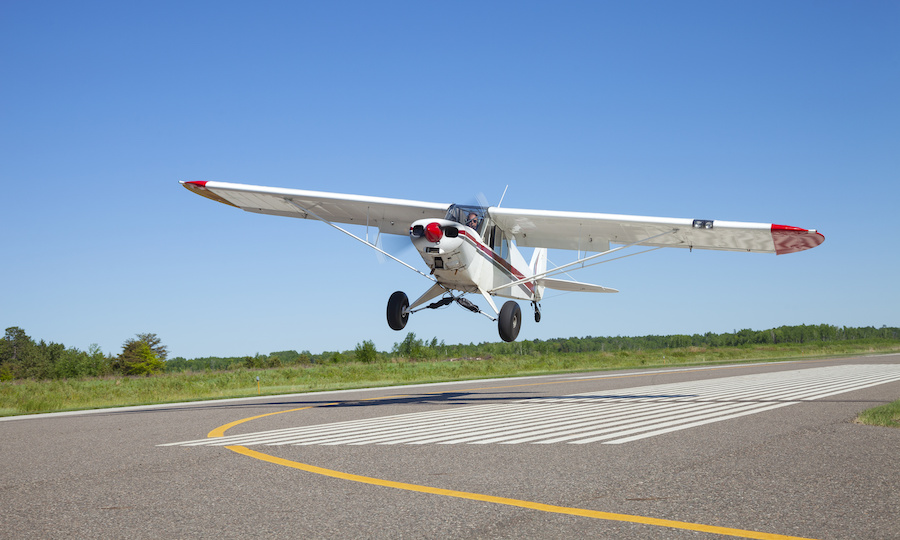

 @pilotinstituteairplanes
@pilotinstituteairplanes
